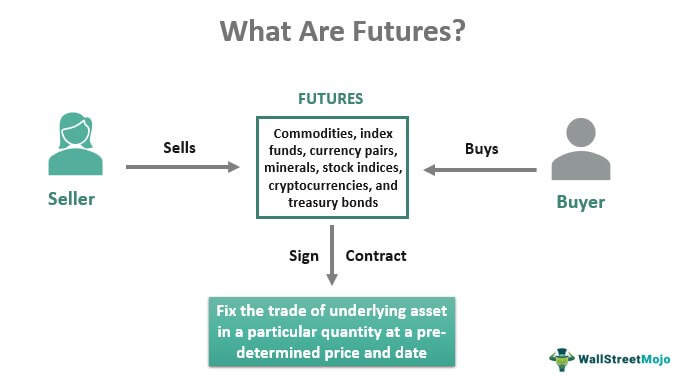Take-profit trading is a crucial technique for any investor seeking to lock in increases consistently. While the attraction of higher Futures trading discount may tempt traders to put on onto positions for lengthier, knowing when to take profit assists minimize chance and encourages disciplined trading. But how do one grasp the artwork of take-profit trading? Listed below are important recommendations and practices to greatly help enhance your trading approach.
Realize the Importance of a Take-Profit Technique
Data from prime trading systems reveals that traders who purely adhere to take-profit techniques usually outperform those who risk on volatile market swings. Placing a take-profit stage allows traders to quit roles quickly when a certain value level is reached. This approach removes emotion-driven choices, one of the very popular traps in trading.

As opposed to exceedingly pursuing increases, a defined exit technique assures capital storage while reducing contact with downturns. Consider this example—insights from trading statistics reveal that while 80% of traders close roles in a reduction due to psychological trading, those who predetermine their gain targets secure regular wins.
Monitor Industry Volatility and Tendencies
Successful take-profit trading thrives on knowledge the larger industry movements. Volatility is a essential signal that may either be your friend or foe, depending how you manage it. If famous knowledge indicates a high-volatility period, stronger stop-losses or conservative income goals might be necessary. On the other hand, a trending market presents possibilities where traders can journey the traction and attack their take-profit factors effectively.
For instance, in accordance with recent industry trends, cryptocurrencies like Bitcoin are more prone to extraordinary price shifts than traditional stocks. Hence, traders in such resources might benefit from dynamic take-profit techniques tied to trailing stops.
Use Specialized Signs to Set Income Levels
Getting figures behind your trades is non-negotiable. Methods like Fibonacci retracements, going averages, and support/resistance degrees can enjoy a essential role in defining your take-profit zones. Research shows that traders applying these signs are 30% prone to close trades at optimal points.

As an example, Fibonacci retracement tools might help establish essential change locations, offering exit details on a increasing trend. Equally, combining RSI (Relative Energy Index) with support/resistance provides additional understanding on when assets are overbought, showing a signal to get profits.
Keep Disciplined and Examine Frequently
Consistency divides effective traders from the rest. Regularly considering previous trades with step by step statistics may reveal designs and support fine-tune your strategy. A steadfast approach reduces impulsive conclusions and develops a journey toward long-term profitability.
